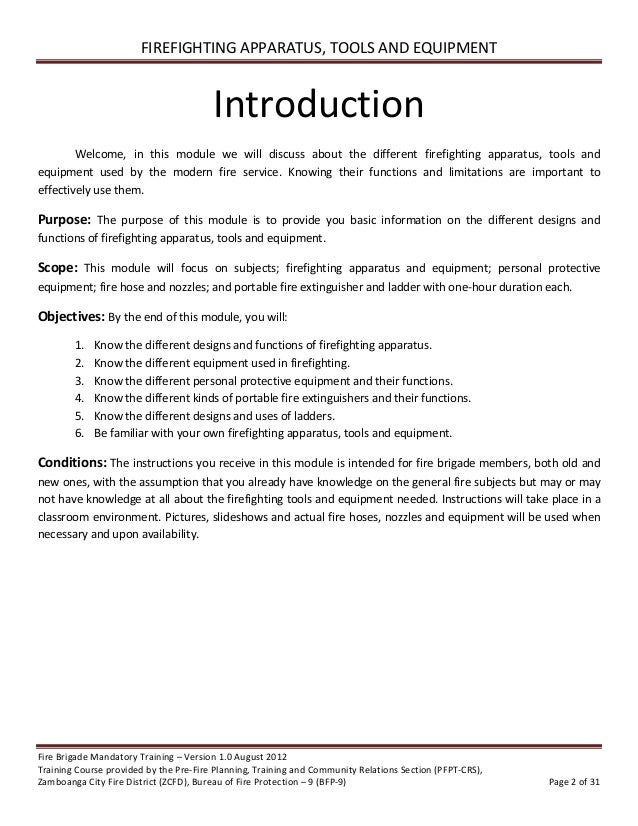The Definitive Guide to Fire Suppression and Brigade Preparedness
The Definitive Guide to Fire Suppression and Brigade Preparedness
Blog Article
Fire safety is an essential responsibility. Uniting equipment and skill development is a proven approach to respond effectively to emergencies. Automatic fire suppression setups and emergency readiness programs offer comprehensive safety to reduce damage.
What Are Sprinkler Systems?
Fire suppression systems are engineered to activate automatically. They activate upon detecting heat to control flames. Individual nozzles activates independently, optimizing water use.

Critical aspects of sprinkler setups include:
- Water release mechanisms: Spray water directly.
- Water transport systems: Support fire suppression operations.
- System monitors: Control the response process.
- Primary water supplies: Provide reliable water sources.
Qual a desvantagem da rede de sprinklers?
The Importance of Emergency Preparedness
Although sprinklers are highly effective, organized responses is key to comprehensive safety. Team training sessions equip staff to respond effectively and complement sprinkler systems.

Important parts of fire response training include:
- Risk assessment: Improving risk management skills.
- Evacuation planning: Planning organized exits.
- Fire response exercises: Practicing fire suppression tactics.
- Team-based strategies: Improving team effectiveness.
How Sprinkler Systems and Fire Brigade Training Work Together
Pairing sprinklers with emergency drills creates a robust fire safety plan. With sprinklers controlling flames immediately, brigade members manage complex situations.

When working as a unit, these safety measures reduce fire impact in residential buildings, commercial properties, and industrial facilities alike.
Why Sprinklers and Training Are Essential
Modern sprinklers and readiness programs create a safer environment. Investing in these measures reduces fire risks for all types of emergencies.
Ensure a safer tomorrow by acting today by organizing emergency response programs. Reliable tools and knowledgeable responders ensure safety!
Report this page